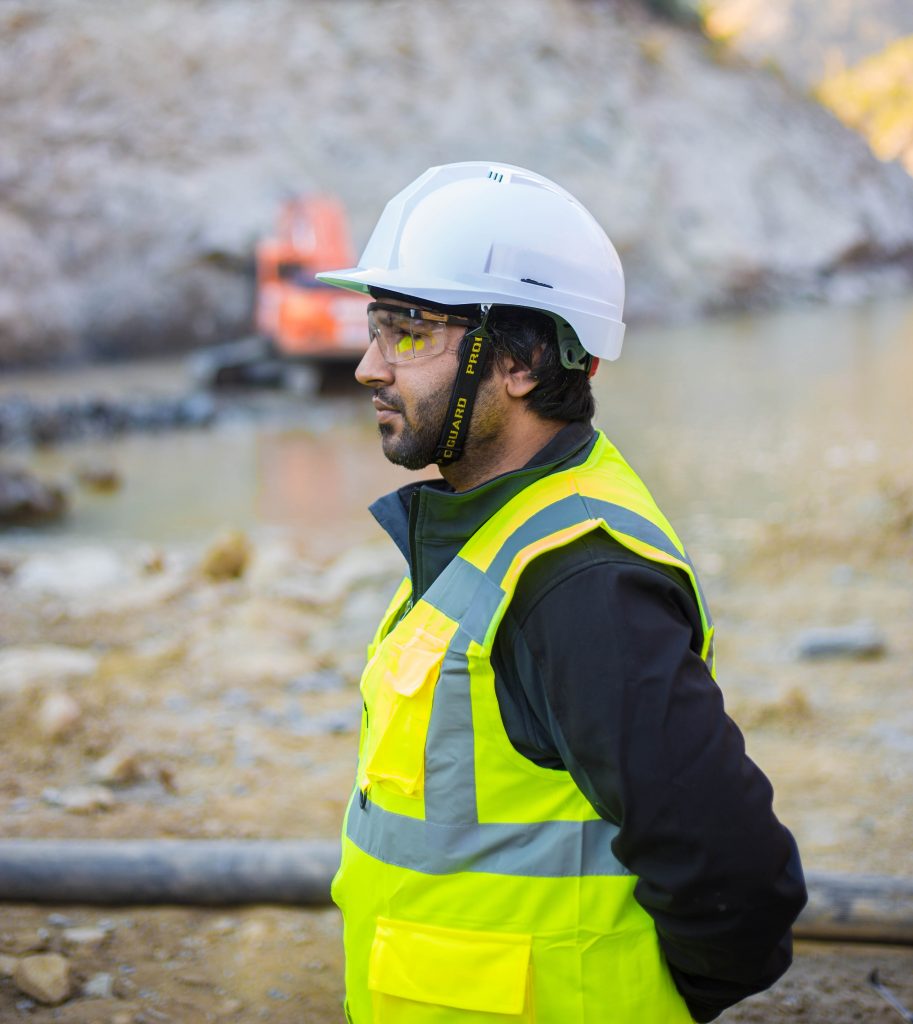Personal Protective Equipment – Eye Protection
Personal Protective Equipment – Eye Protection

Explain dangers
We do so many jobs without protecting our eyes.
Just think of the eye hazards in our work:
- Flying dust and grit
- UV light from welding arcs
- Sparks and slag from welding and cutting
- Abrasives from sandblasting
- Chemical splash
- Pipe and wire sticking out of walls
- Ties and wire hanging from ceilings
- Sun and wind.
We’ve all had dust and dirt in our eyes. Some of us have been hit in the eye by chips of wood, concrete, and stone.
A little bigger, a little faster—these particles could leave us with limited sight or none at all.
Identify controls
You’ve only got one pair of eyes. Make them last a lifetime.
Wearing the right protection can prevent most eye injuries. Basic protection is safety glasses with side shields.
Take extra precautions in windy conditions or when doing jobs where eye injuries are more likely.
Look for the CSA logo on the frames, whether the glasses are prescription or non-prescription.
For welding, eye protection must also be marked with the shade number.
Follow the tips below:
- Don’t wear contact lenses on site. Dust and other particles can get under the lens. If you must wear contact lenses for medical reasons, wear appropriate eye protection as well.
- Keep your safety glasses on when you wear other protection such as a welding helmet or faceshield. Why? Because when you lift up the visor or shield, you may still be exposed to flying chips, dust, or other hazards.
- Match your eye protection to the hazard. Goggles that protect you from dust may not protect you from splash or radiation.
- Make sure your eyewear fits snugly.
- Clean dirty lenses with water or a lens cleaning solution to float the dirt away instead of scratching it into the lenses.
- If an eye injury occurs, treat it right away. Get first aid for a minor injury or see a doctor for a more serious injury.
- Get your eyes checked every couple of years to make sure that problems haven’t developed or gotten worse.
Demonstrate
Take a look at eye protection used by your crew.
Point out any cracked or broken frames and scratched or pitted lenses that should be replaced.
Review the company policy on providing and replacing eyewear.
Review any special requirements for welding helmets, sandblasting hoods, faceshields, etc.
If you have an eyewash station on site, show your crew the location and explain how to use it.
For more information, please visit IHSA website.
